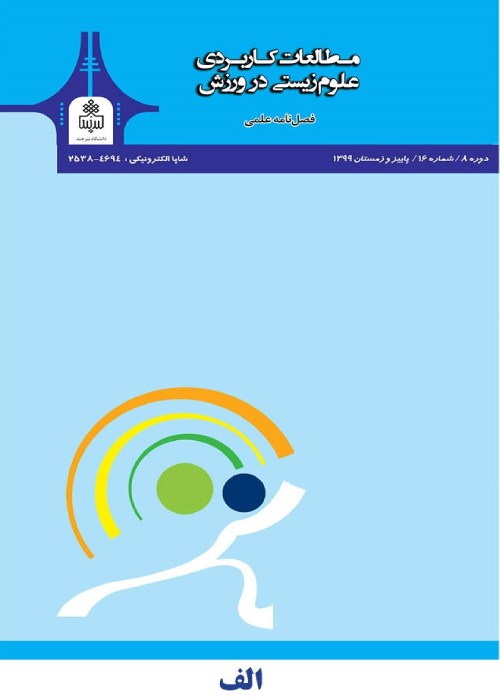The effect of speed endurance production training with blood flow restriction during rest intervals on serum VEGF and HIF-1α levels and aerobic and anaerobic performance in male soccer players
Aerobic training and the use of blood flow restriction (BFR) have a positive effect on improving athletes’ aerobic power. The aim of the present study was to assess the effect of five weeks of speed endurance production training with and without BFR on serum vascular endothelial growth factor (VEGF) and hypoxia-inducible factor-1 alpha (HIF-1α) levels and aerobic and anaerobic performance in male soccer players.
Thirty nine male soccer players (mean age 17±0.49 years, height 177±3.32 cm, weight 68±1.24 kg) were randomly divided into three equal groups, namely (1) speed endurance production training with BFR (SEPB), (2) speed endurance production training without BFR (SEP), and (3) control (C, common soccer training). Training program (repeated maximal 30‐s sprint running, separated by 150‐s recovery periods) and BFR (upper thigh BFR with a rating of 7 out of 10 on a perceived pressure scale) were performed three times a week for five weeks. Serum VEGF and HIF-1α levels, maximal oxygen consumption (VO2max), aerobic performance, anaerobic power, fatigue index, and running speed were measured before and after the training program. Repeated-measures analysis of variance was used for statistical analyzing at the significance level of p≤0.05.
VO2max and aerobic performance in the SEPB and SEP groups and running speed of 30 meters in the SEP and C groups showed significant improvement so that the increase in VO2max and aerobic performance in the SEPB group was significantly higher than in the SEP group. The VEGF and HIF-1α levels were significantly decreased in all three groups compared with the pre-test. Also, anaerobic power and fatigue index in all three groups decreased and increased, respectively as compared to the pre-test.
Speed endurance production training improves VO2max, aerobic performance, and running speed of 30 meters in male soccer players and BFR using during the rest intervals can lead to further improvements in some of these variables. Further studies are needed to identify reasons for decreased serum levels of VEGF and HIF-1α along with the improvement of aerobic parameters following speed endurance production training.
- حق عضویت دریافتی صرف حمایت از نشریات عضو و نگهداری، تکمیل و توسعه مگیران میشود.
- پرداخت حق اشتراک و دانلود مقالات اجازه بازنشر آن در سایر رسانههای چاپی و دیجیتال را به کاربر نمیدهد.



